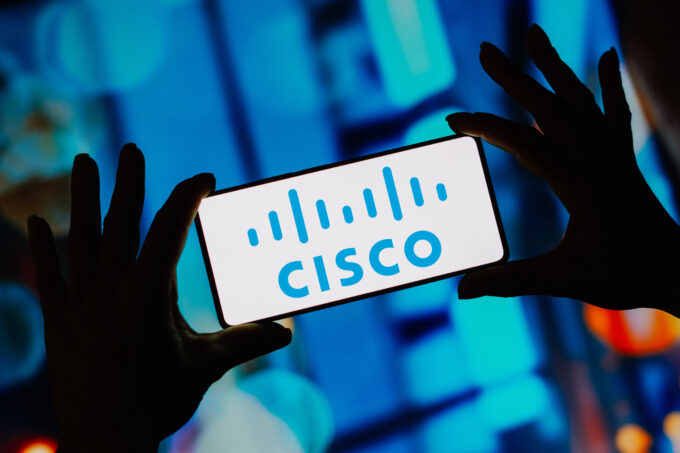With the world facing systemic challenges like climate change and biodiversity loss, there is a growing need for innovation and new technologies. History has shown that many of these ideas originate in startups, which need funding to bring them to market.
Moreover, startups are often engines for employment growth. In 2022, 3.7m jobs were created in the United States by startups that were less than a year old. In Switzerland, roughly 400,000 people are employed by companies that are less than 10 years old.
High fees, low liquidity
Despite the benefits listed above, many investors are put off by the seemingly high fees and lack of liquidity in VC.
VC firms get their funds from limited partners (LPs) such as family offices, pension funds, funds of funds, university endowments, insurance companies, foundations, and high-net-worth individuals. Typically, a VC fund takes 2% of the fund’s invested capital as a management fee. If you have a $100m fund, this means that the fund managers have up to $2m to pay their salaries, rent, and expenses. Every year. In addition, if there is an exit, a so-called “liquidity event,” where they take 20% of the return after having paid out what the LPs invested. This is what is called “carry” or “carried interest,” a mechanism to align general partner (GP) and LP incentives. Let’s say that one of their portfolio companies, into which they had invested $10m, is acquired for $20m; the VCs get $2m (based on 20% carried interest) and the LPs get $18m, or 1.8X their money. In Europe, it works slightly differently where the “carry” is only computed when a fund is liquidated. Moreover, there is usually a hurdle rate of around 5% in most funds. This means that an internal rate of return (IRR) of around 5% is guaranteed for LPs before the GPs can pocket any carried interest.
Second, LPs need to brace for the long haul. VC funds typically have a life span of 10 years. During this time, LPs will only see returns if there is an exit of some sort with one of the portfolio companies. In effect, there is a risk that their entire investment is locked up for 10 years. In addition, if one of their companies goes public (an IPO), their equity may be locked up for 6-12 months, as they’ll be considered “insiders”. A counterargument to this lack of liquidity is that investors “stick to their guns” and avoid panic selling during a market downturn.
The opportunities to get your money out also depend on the market conditions. In the United States, there were 480 IPOs in 2020, 1,035 in 2021, 181 in 2022, and only 144 so far in 2023. In Switzerland, on the SIX Swiss Exchange, the respective numbers were 2, 5, 14, and 8 (of the 8 in 2023, only one was a Swiss company; the remainder were Chinese). IPOs are relatively rare events for startups, and most exits will be via a trade sale. If we take a hot area such as AI, worldwide in 2019 there were 242 acquisitions of AI startups, and 159 in 2020. Still a relatively small number of opportunities for VCs and their LPs to reap large rewards from their investments.
Investors also need to hold their stomachs for rollercoaster returns. Even the best-performing VC funds like Sequoia Capital, were down 30% in 2022. This brings us to our next point. If you are serious about investing in venture capital, it’s important to understand how to differentiate between the many VC funds out there.
All VC firms are not created alike
“Happy families are all alike; every unhappy family is unhappy in its own way.” So goes the opening sentence of Leo Tolstoy’s novel Anna Karenina. One could apply this to the world of VC firms. Though all will cite their goal of double-digit returns, the truth is that only firms in the top quartile will achieve this. For example, Sequoia Capital, arguably one of the top VC firms in the world, had returns of 29%, 23% and 25% in 2019, 2020 and 2021 respectively. Its best year, 1976, showed a return of 72%, and YTD in November 2023 they are at 17.7%. Manager selection is therefore key.









